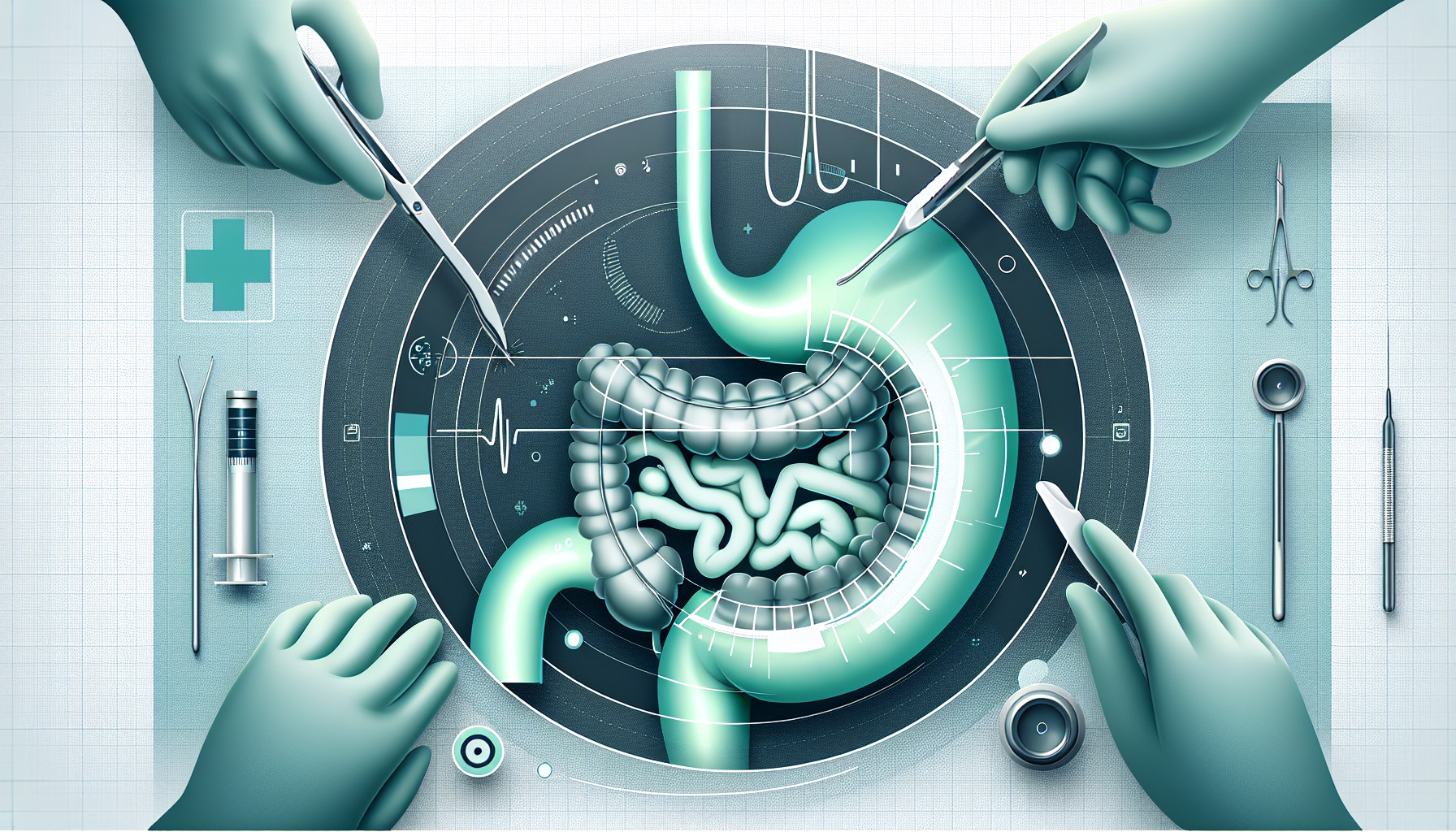Our Summary
The researchers reviewed studies on a medical procedure called transgastric ERCP (TG-ERCP) for patients who had previously undergone a specific type of weight-loss surgery called Roux-en-Y gastric bypass (RYGB). The traditional method of performing ERCP can be difficult in these patients due to changes in their anatomy from the bypass surgery, so TG-ERCP has been explored as an alternative. In the studies that were reviewed, access to the stomach was achieved in various ways, most commonly through laparoscopic surgery. The researchers found that the procedure was successful in almost all cases, and complications were relatively rare. The most common complications were wound infections and inflammation of the pancreas. No deaths were reported in the reviewed studies. The researchers concluded that TG-ERCP appears to be a safe and effective procedure for RYGB patients, but more research is needed to fully understand the risks and benefits and to optimize the procedure.
FAQs
- What is transgastric ERCP (TG-ERCP) and why is it used for patients who have had Roux-en-Y gastric bypass (RYGB) surgery?
- What are the most common complications of the TG-ERCP procedure according to the reviewed studies?
- Do the researchers recommend TG-ERCP as a safe and effective procedure for RYGB patients?
Doctor’s Tip
One helpful tip a doctor might tell a patient about gastric bypass is to follow a strict diet and exercise plan after the surgery to ensure successful weight loss and prevent complications. It is important to also attend regular follow-up appointments with your healthcare provider to monitor your progress and address any issues that may arise. Additionally, it is crucial to stay hydrated and take any prescribed medications as directed to support your overall health and well-being.
Suitable For
Patients who have previously undergone Roux-en-Y gastric bypass (RYGB) surgery are typically recommended for gastric bypass procedures such as transgastric ERCP (TG-ERCP). This is because the traditional method of performing ERCP can be challenging in these patients due to changes in their anatomy from the bypass surgery. TG-ERCP is considered as an alternative for these patients.
Timeline
Before gastric bypass surgery: Patients typically undergo a series of consultations with a healthcare team, including a surgeon, dietitian, and psychologist. They may also be required to follow a specific diet and exercise regimen in preparation for surgery.
Day of gastric bypass surgery: The patient undergoes the surgical procedure, which involves creating a smaller stomach pouch and rerouting the small intestine to bypass a portion of the stomach and small intestine. The surgery is typically performed laparoscopically and requires a hospital stay of 2-3 days.
Post-surgery recovery: Patients are placed on a liquid diet for a period of time before gradually transitioning to solid foods. They are also required to make significant lifestyle changes, including adopting a healthier diet and incorporating regular exercise into their routine.
Long-term follow-up: Patients are monitored closely by their healthcare team to ensure they are losing weight at a healthy rate and are not experiencing any complications. They may also receive ongoing support from a dietitian and psychologist to help them maintain their weight loss.
After gastric bypass surgery: Patients typically experience significant weight loss in the months following surgery. They may also experience improvements in obesity-related health conditions, such as type 2 diabetes and high blood pressure. However, they may also experience complications such as nutrient deficiencies or dumping syndrome, which can occur when food moves too quickly through the stomach and small intestine.
Overall, gastric bypass surgery can be a life-changing procedure for patients struggling with obesity, but it is important for patients to fully understand the risks and benefits before undergoing the procedure.
What to Ask Your Doctor
What is transgastric ERCP and how does it differ from traditional ERCP?
How is access to the stomach achieved in transgastric ERCP for patients who have undergone Roux-en-Y gastric bypass surgery?
What are the potential risks and complications associated with transgastric ERCP in RYGB patients?
How successful is transgastric ERCP in RYGB patients compared to traditional ERCP?
Are there any specific factors or considerations that make me a good candidate for transgastric ERCP after RYGB surgery?
How experienced is the medical team in performing transgastric ERCP for RYGB patients?
What is the recovery process like after undergoing transgastric ERCP for RYGB patients?
Are there any long-term effects or considerations to be aware of after undergoing transgastric ERCP for RYGB patients?
Are there any alternative procedures or treatment options that I should consider before deciding on transgastric ERCP?
What additional research or studies are being done to further understand the risks and benefits of transgastric ERCP for RYGB patients?
Reference
Authors: Banerjee N, Parepally M, Byrne TK, Pullatt RC, Coté GA, Elmunzer BJ. Journal: Surg Obes Relat Dis. 2017 Jul;13(7):1236-1242. doi: 10.1016/j.soard.2017.02.005. Epub 2017 Feb 10. PMID: 28336200
